Sprint Force Review

Introduction
In the beginning any new technology gets plenty of hype, and phone names become ridiculous because of it. Tops on that list is probably the Samsung Galaxy S II Epic 4G Touch, which thankfully was not an LTE device, but plenty of good phones have been tainted with bad names that flaunt the technology behind them. The Sprint Force is not one of these phones. The name is simple, even eschewing the manufacturer (ZTE) for carrier branding. By last year’s standards the Force is a pretty decent little device, with a dual core Snapdragon S4, 1GB of RAM and LTE connectivity, but in today’s market the Force has been relegated to a carrier-branded entry level device, destined to be free on contract soon enough. Read on to find out if the Force is more than the name implies.
Design
The first thought we had when picking up the Force was “plastic.” Unfortunately we had not just watched The Graduate. The Force is plastic from top to bottom, and it feels as such. While some might argue that all plastic phones are bad, some manufacturers tend to do a better job conveying a quality feeling, but ZTE is not one of them. We won’t go as far to say the Force feels cheap, but it is immediately apparent that you are dealing with an entry level device.
Along the edges are the volume rocker, microUSB port and camera button, and up top is the power key and headset jack. Buttons are placed exactly where you would expect them, and are large enough that you can navigate them without looking. Around back is a textured battery door that doesn’t offer as much grip as you’d expect. There you’ll find the phone’s 5 megapixel camera and accompanying LED flash.
Display
The Force follows pretty standard design conventions, with a 4” 480x800 pixels IPS display sitting atop capacitive Android navigation buttons (the recommended Task Switcher button has been replaced with Menu.) The display is generally good for an entry level device, with a respectable 233ppi and good viewing angles thanks to the IPS technology. However, there appears to be some coating on the display because in strong light it washes out quickly if you’re not looking at it straight on and the display is highly reflective in general.
In the beginning any new technology gets plenty of hype, and phone names become ridiculous because of it. Tops on that list is probably the Samsung Galaxy S II Epic 4G Touch, which thankfully was not an LTE device, but plenty of good phones have been tainted with bad names that flaunt the technology behind them. The Sprint Force is not one of these phones. The name is simple, even eschewing the manufacturer (ZTE) for carrier branding. By last year’s standards the Force is a pretty decent little device, with a dual core Snapdragon S4, 1GB of RAM and LTE connectivity, but in today’s market the Force has been relegated to a carrier-branded entry level device, destined to be free on contract soon enough. Read on to find out if the Force is more than the name implies.
Design
The first thought we had when picking up the Force was “plastic.” Unfortunately we had not just watched The Graduate. The Force is plastic from top to bottom, and it feels as such. While some might argue that all plastic phones are bad, some manufacturers tend to do a better job conveying a quality feeling, but ZTE is not one of them. We won’t go as far to say the Force feels cheap, but it is immediately apparent that you are dealing with an entry level device.
Along the edges are the volume rocker, microUSB port and camera button, and up top is the power key and headset jack. Buttons are placed exactly where you would expect them, and are large enough that you can navigate them without looking. Around back is a textured battery door that doesn’t offer as much grip as you’d expect. There you’ll find the phone’s 5 megapixel camera and accompanying LED flash.
Display
The Force follows pretty standard design conventions, with a 4” 480x800 pixels IPS display sitting atop capacitive Android navigation buttons (the recommended Task Switcher button has been replaced with Menu.) The display is generally good for an entry level device, with a respectable 233ppi and good viewing angles thanks to the IPS technology. However, there appears to be some coating on the display because in strong light it washes out quickly if you’re not looking at it straight on and the display is highly reflective in general.
Sprint Force 360-Degrees View:
Interface
The Force runs Android 4.0.4 at its base, and as a Sprint ID device is mostly vanilla Android out of the box. Unfortunately ZTE has included a lot of duplicate apps, such as their own alarm clock, timer, music and video players and call log, but on the whole preloaded apps are light. ZTE has reworked the lock screen to allow unlocking into the camera or to toggle vibrate mode, but instead of sliding the targets like every other device on the market you have to hold them.
Processor and Memory
As you can see from the benchmarks the dual-core 1.5GHz Snapdragon S4 processor performs quite well. Paired with 1GB of RAM it easily runs with the top devices of last year like the HTC One X or Samsung Galaxy S III. Thanks in part to the mostly vanilla build of Android, UI performance is plenty smooth and we didn’t experience any lag.
Connectivity
The Force supports Sprint’s LTE network, though most users right now will be using its 3G capabilities. It has all the other connection options you’d expect from a modern smartphone, including Wi-Fi b/g/n, GPS, NFC and Bluetooth 4.0.
The Force runs Android 4.0.4 at its base, and as a Sprint ID device is mostly vanilla Android out of the box. Unfortunately ZTE has included a lot of duplicate apps, such as their own alarm clock, timer, music and video players and call log, but on the whole preloaded apps are light. ZTE has reworked the lock screen to allow unlocking into the camera or to toggle vibrate mode, but instead of sliding the targets like every other device on the market you have to hold them.
Processor and Memory
As you can see from the benchmarks the dual-core 1.5GHz Snapdragon S4 processor performs quite well. Paired with 1GB of RAM it easily runs with the top devices of last year like the HTC One X or Samsung Galaxy S III. Thanks in part to the mostly vanilla build of Android, UI performance is plenty smooth and we didn’t experience any lag.
| Quadrant Standard | |
| Sprint Force | 5326 |
| LG Viper 4G LTE | 3002 |
| Samsung Galaxy Victory 4G LTE | 4129 |
Connectivity
The Force supports Sprint’s LTE network, though most users right now will be using its 3G capabilities. It has all the other connection options you’d expect from a modern smartphone, including Wi-Fi b/g/n, GPS, NFC and Bluetooth 4.0.
Camera
The 5 megapixel camera is predictably mediocre. It is fine for sharing photos on Facebook thanks to mostly accurate color reproduction, but if you need anything with detail the camera fails you miserably. Even in strong, natural light images durned out grainy at full resolution. Though most midrange phones can shoot video at 1080p these days, the Force maxes out at 720p. It does allow you to snap a photo while shooting a video however, which is likely a more useful feature given the quality of most cell phone videos even at 1080p.
Multimedia
The Force comes preloaded with the standard Android Music and Video apps, but also has Google Play Music and the Android gallery app which can handle movies. The former two apps get the job done, but are more bareboned and completely redundant. As always, there are a multitude of apps available in the Play Store if either of these stock options fail to meet your needs.
Call Quality

Battery
The 1730mAh battery is rated at a solid 9 hours of talk time, which should be more than enough to get the average user throughout the day. We did find that the phone drained enough even while sitting unused that we’d recommend charging it every night.
Conclusion
The Sprint Force does not try to be something it is not. There is no fancy materials to give the air of a high end phone, and the price reflects what you’re getting accordingly. It is not the prettiest, the fastest or the toughest phone out there, but at $50 on contract it is a phone that will work well for the average user. Decent internals and light software add-ons allow the Force to run quickly enough.
Android 4.0.4
Software N9100V1.0.0B09
Sprint Force Video Review:

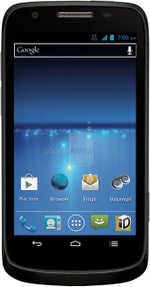
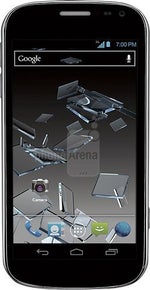
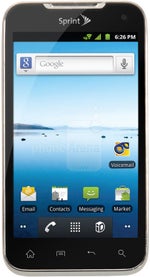
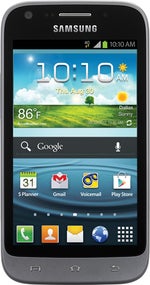










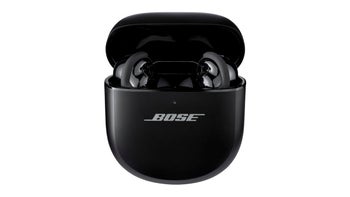


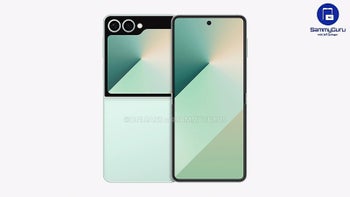
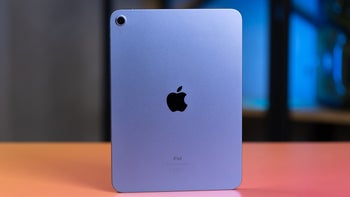
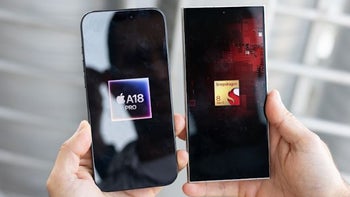

Things that are NOT allowed: